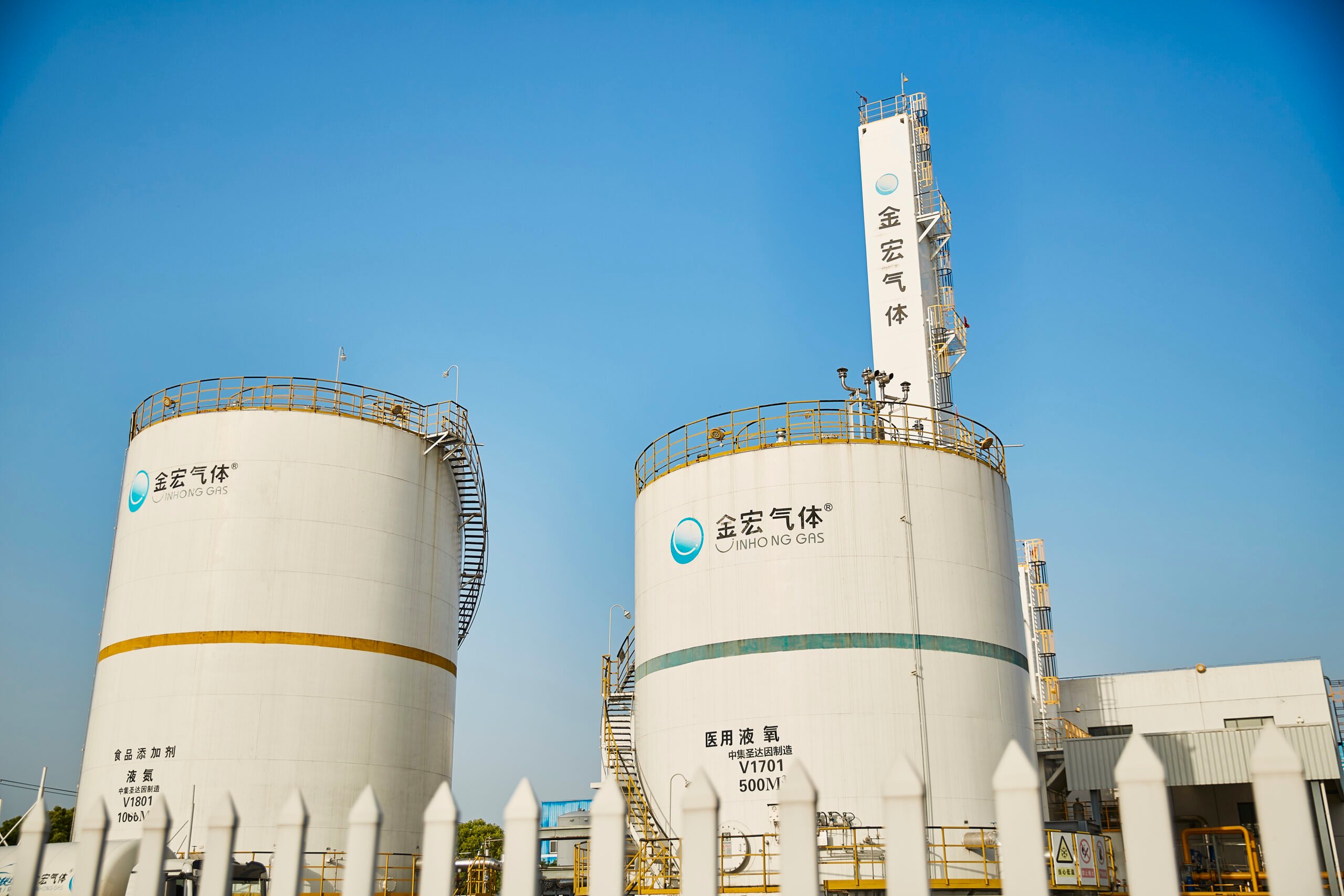Carbon dioxide quotes are essential for businesses trying to understand CO2 pricing. As more countries implement carbon pricing, knowing the cost of CO2 emissions is crucial. This article explains the factors that influence CO2 pricing and explores trends shaping the market.
What Are Carbon Dioxide Quotes?
It is refer to the market price of CO2 emissions. These prices reflect the cost of releasing CO2 into the atmosphere. They are influenced by factors like government regulations and demand for carbon credits. As governments tighten emissions policies, continue to evolve.
Key Factors Influencing CO2 Pricing
- Government Regulations: Policies like carbon taxes or emissions trading systems (ETS) affect carbon dioxide quotes. Countries with stricter emission standards generally see higher prices for carbon credits.
- Market Demand: Demand for carbon credits plays a big role. As businesses seek to offset their emissions, the price of carbon dioxide may rise.
- Technological Innovations: Advances in carbon capture and storage (CCS) technologies can impact demand. Efficient CCS technologies can help reduce the cost of CO2 emissions by capturing more carbon.
How to Monitor Carbon Dioxide Quotes
To stay informed about it, businesses can use these resources:
- Carbon Trading Platforms: These platforms give real-time updates on CO2 pricing. They help businesses track market fluctuations.
- Government Databases: Many countries provide official databases tracking CO2 prices. These help businesses stay compliant with carbon pricing regulations.
Future Trends in CO2 Pricing
The future of carbon dioxide quotes looks set to rise. Key trends include:
- Tighter Regulations: Stricter carbon pricing policies will likely increase CO2 prices.
- Global Carbon Markets: International carbon markets may raise overall CO2 pricing but offer new trading opportunities.
- Renewable Energy: The growth of renewable energy may reduce demand for carbon credits and stabilize CO2 prices in the long run.
Conclusion
Understanding it is important for businesses managing their carbon footprint. With carbon pricing policies becoming more widespread, staying informed is essential. By following trends and regulations, companies can reduce their environmental impact and adapt to pricing changes.




